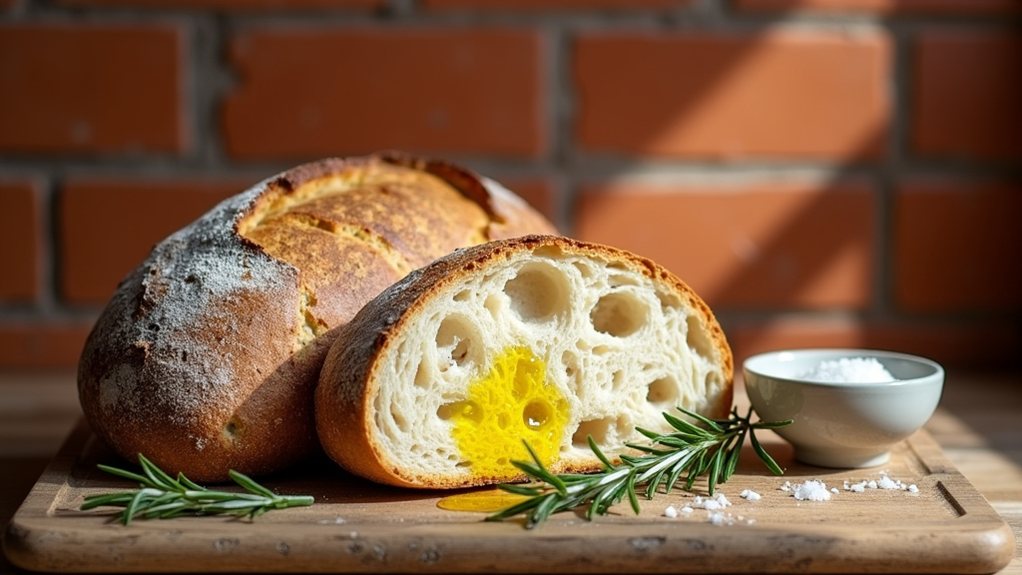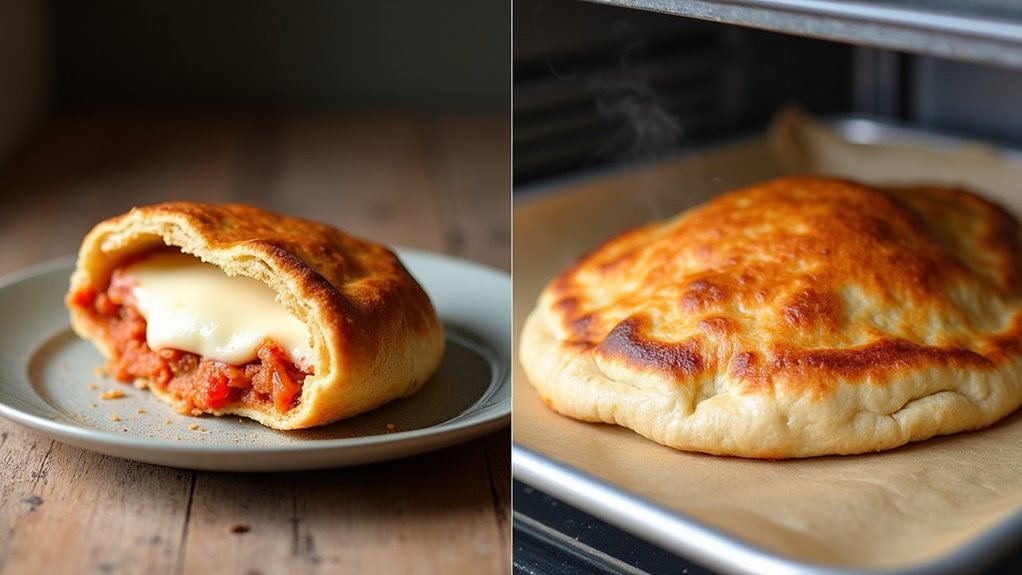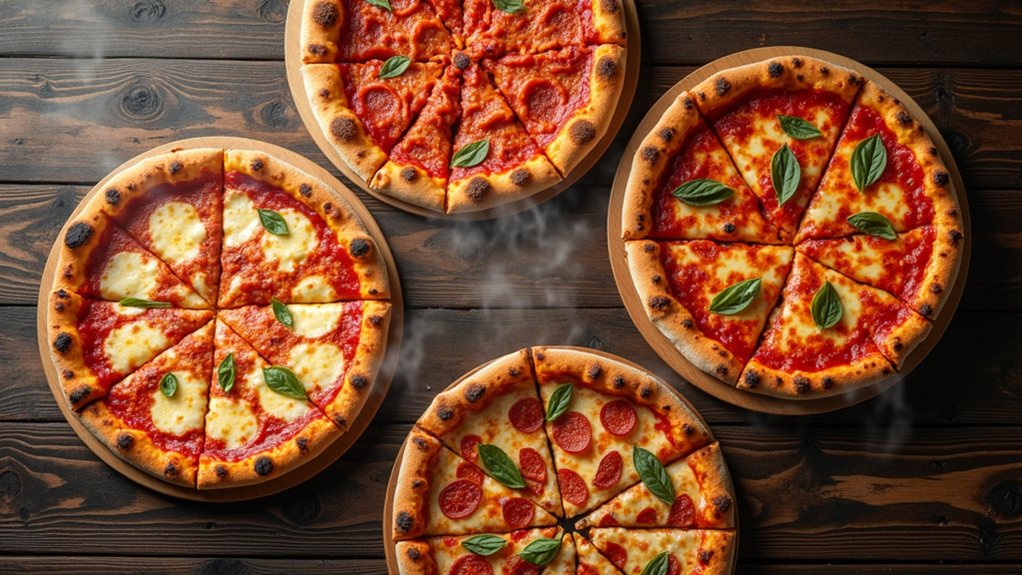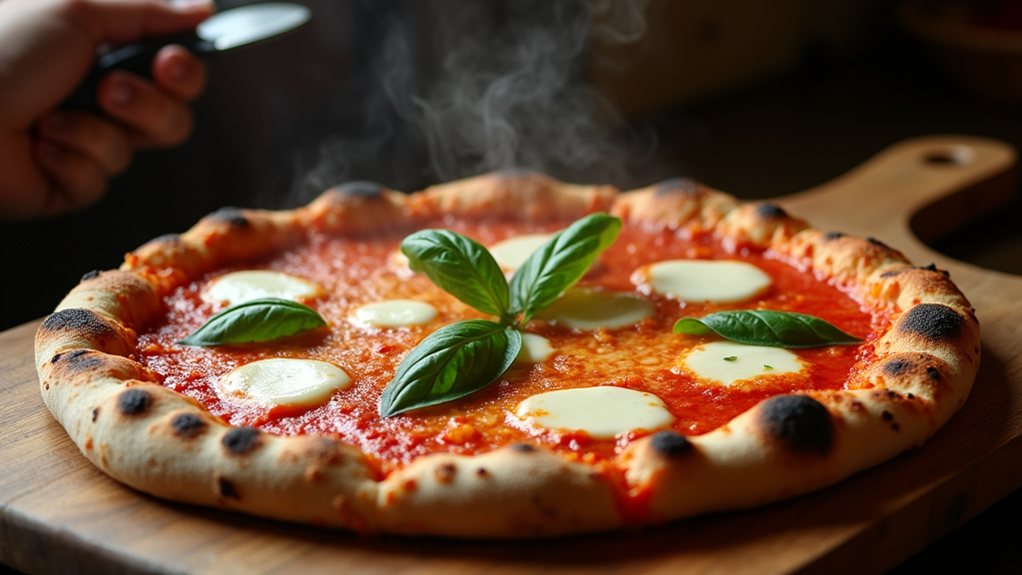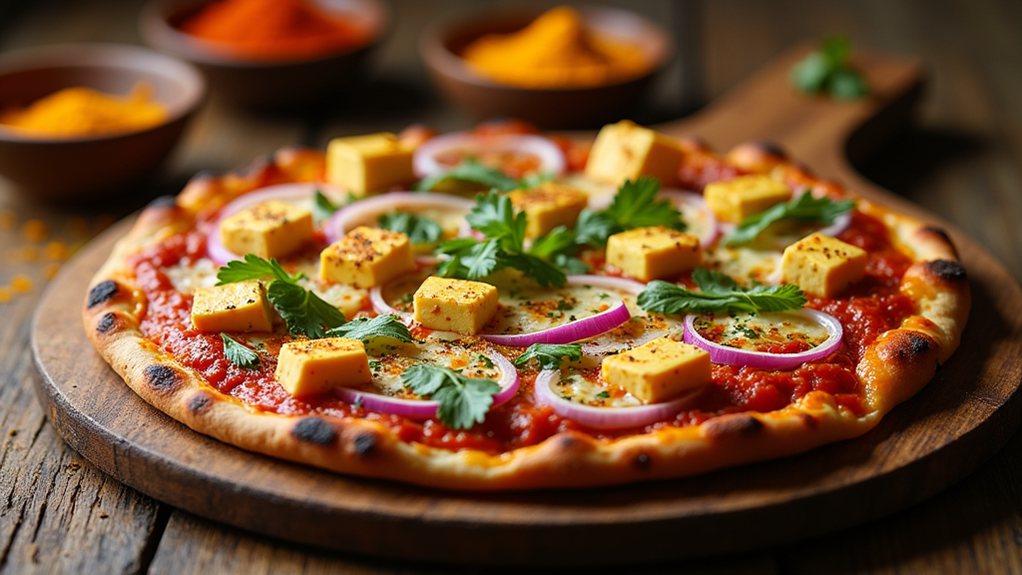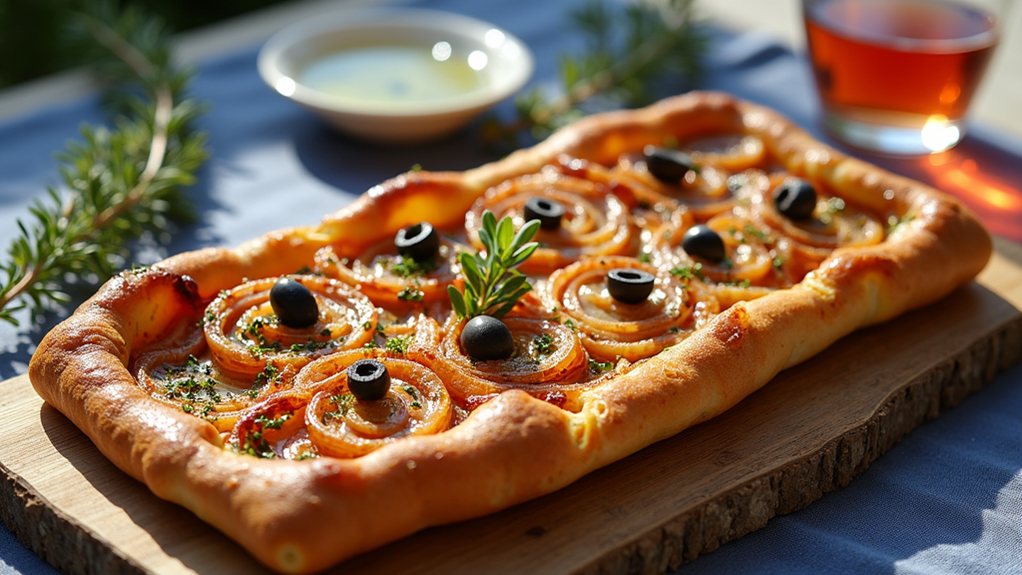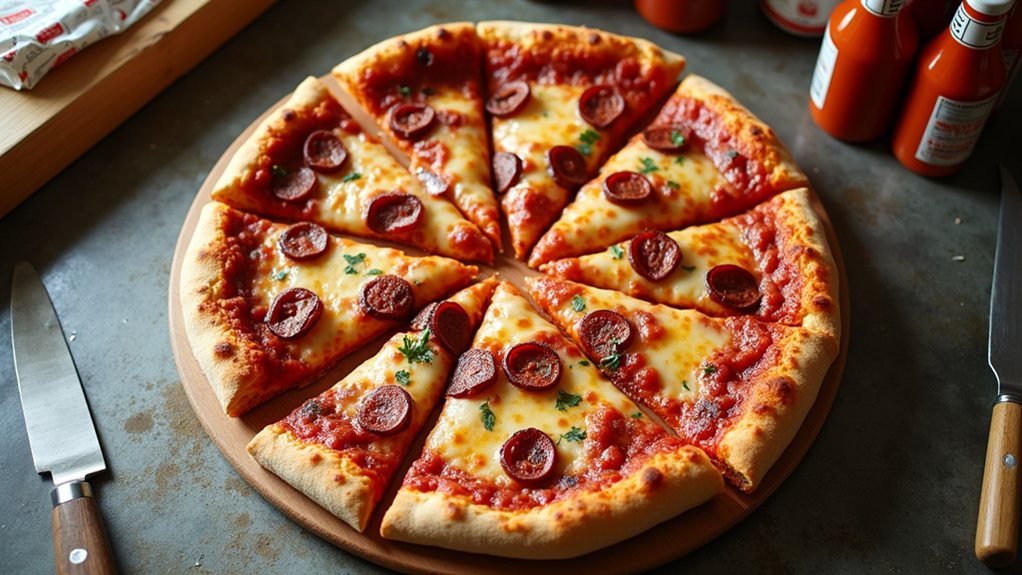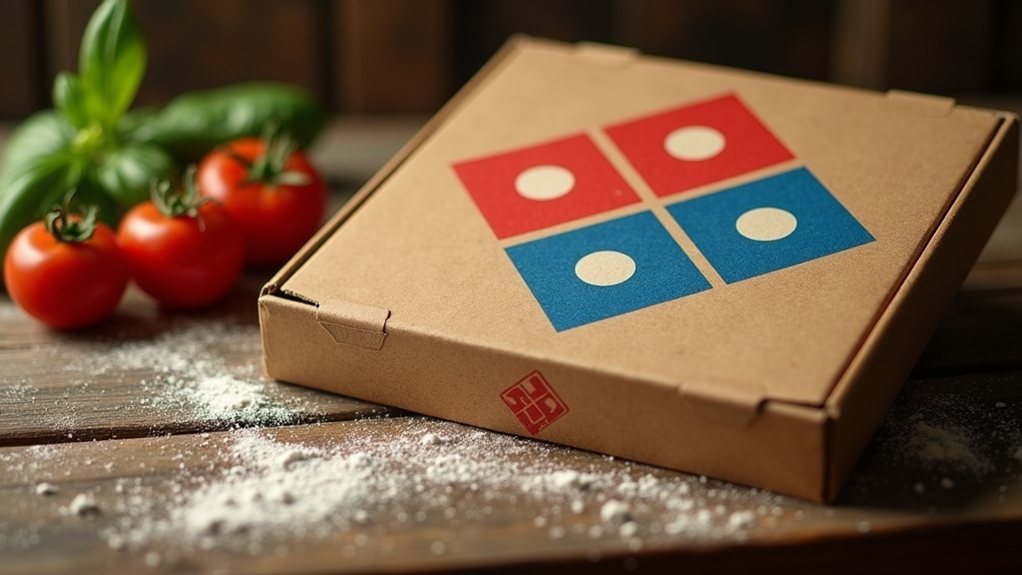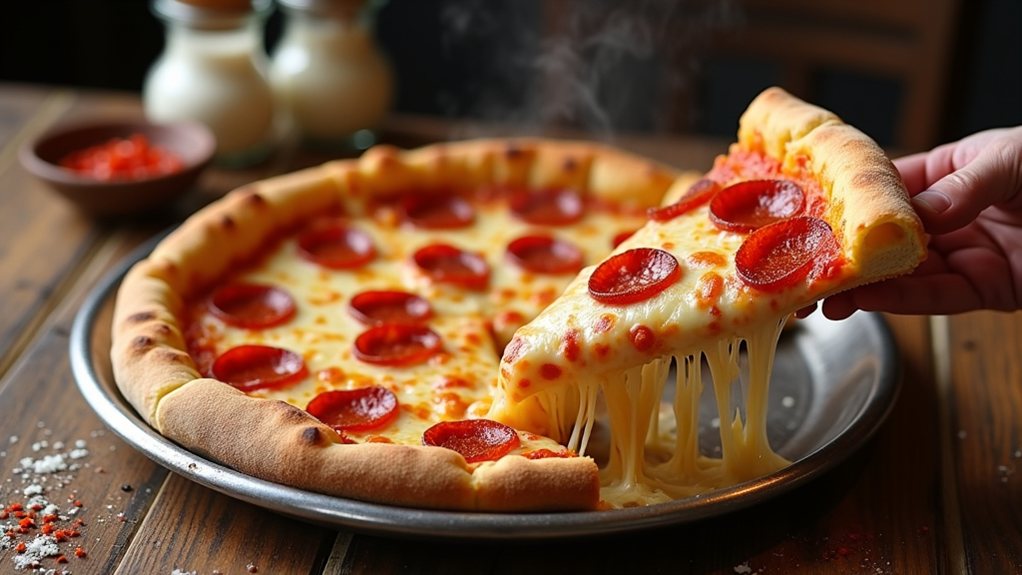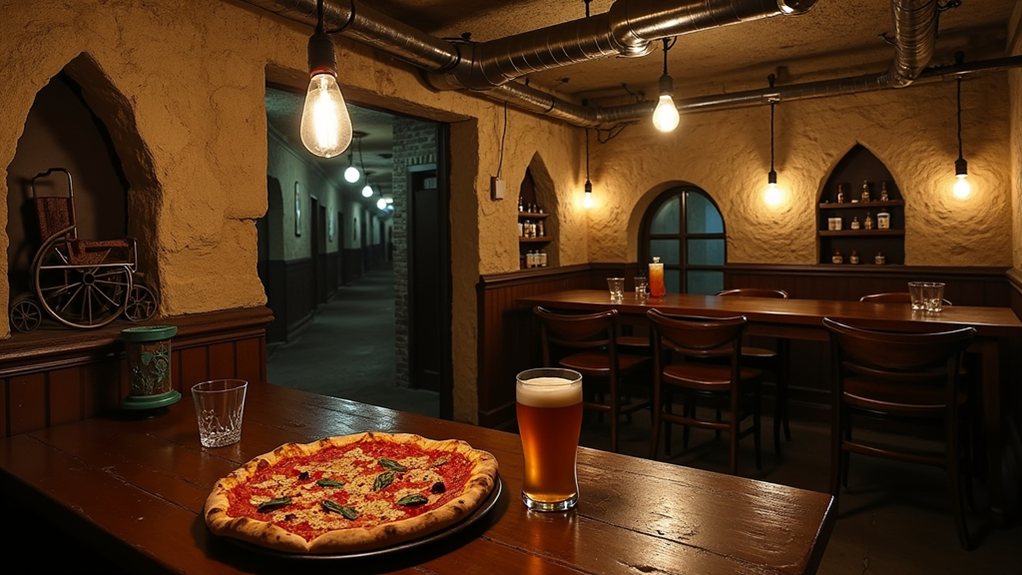Rome’s classic sandwiches owe their distinctive character to traditional Italian bread varieties that have evolved over centuries. The interplay between crusty exteriors and airy interiors creates the perfect vessel for everything from porchetta to simple mortadella. This bread foundation, whether Ciriola with its boat-like shape or rustic Ciabatta, does more than merely contain fillings—it transforms them through structural integrity and complementary flavors. What makes these breads so exceptionally suited to Roman sandwich craftsmanship?
The Bread Behind Rome’s Sandwich Culture
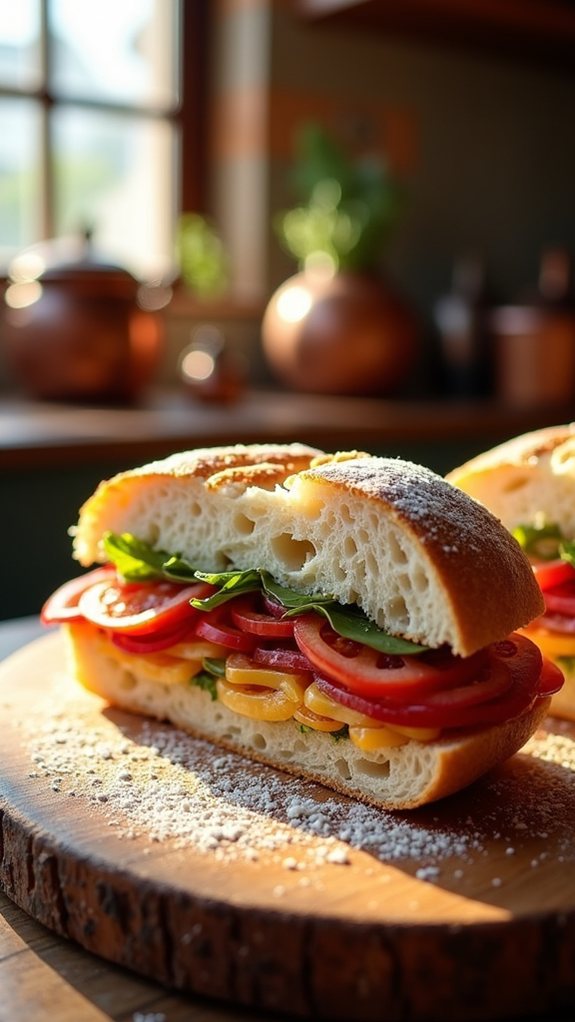
A tapestry of regional diversity, traditional Italian bread represents centuries of cultural heritage immersed into the daily lives of Italians throughout the peninsula. From north to south, each region boasts its own distinctive bread variety, shaped by local ingredients, climate conditions, and historical circumstances. These breads aren’t merely sustenance; they’re edible artifacts that tell stories of Italian culinary evolution, social practices, and regional pride that continues today.
Rome’s iconic sandwiches rely heavily on specific bread varieties that balance texture, flavor, and structural integrity. The ideal Roman sandwich bread must possess a sturdy crust that doesn’t crumble under the weight of fillings, while maintaining a soft, slightly chewy interior that absorbs flavors without becoming soggy. The oval-shaped Ciriola rolls from Roman tradition provide the perfect foundation for the city’s beloved sandwiches. Ciabatta, with its airy crumb and rustic appearance, originated in Veneto but quickly became a Roman sandwich favorite for its versatility and distinctive texture. This versatility stems from ciabatta’s irregular air pockets that create the perfect texture contrast in sandwiches.
The traditional baking methods play a vital role in creating these perfect sandwich vessels. Long fermentation periods, sometimes using a biga starter similar to sourdough, develop complex flavors that complement rather than compete with sandwich fillings. Many bakers still employ wood-fired ovens, imparting a subtle smokiness and creating the ideal crust that Romans have come to expect in their daily bread.
The soul of Roman bread lies in unhurried fermentation and the kiss of wood smoke—a marriage of time and flame.
What makes these breads particularly suitable for Rome’s sandwich culture is their nutritional balance. Unlike highly processed alternatives, traditional Italian breads offer substantial energy through complex carbohydrates while providing important nutrients. The absence of preservatives or artificial ingredients aligns with the Italian philosophy of using simple, quality components.
For Romans, these sandwiches represent more than a convenient meal—they embody a lifestyle valuing quality, tradition, and the simple pleasures of good food. Whether enjoying a quick lunch at a neighborhood paninoteca or gathering with friends for an informal meal, the bread forms the foundation upon which culinary memories are built, connecting modern Romans to centuries of bread-making tradition that continues to flourish in this historic city.
